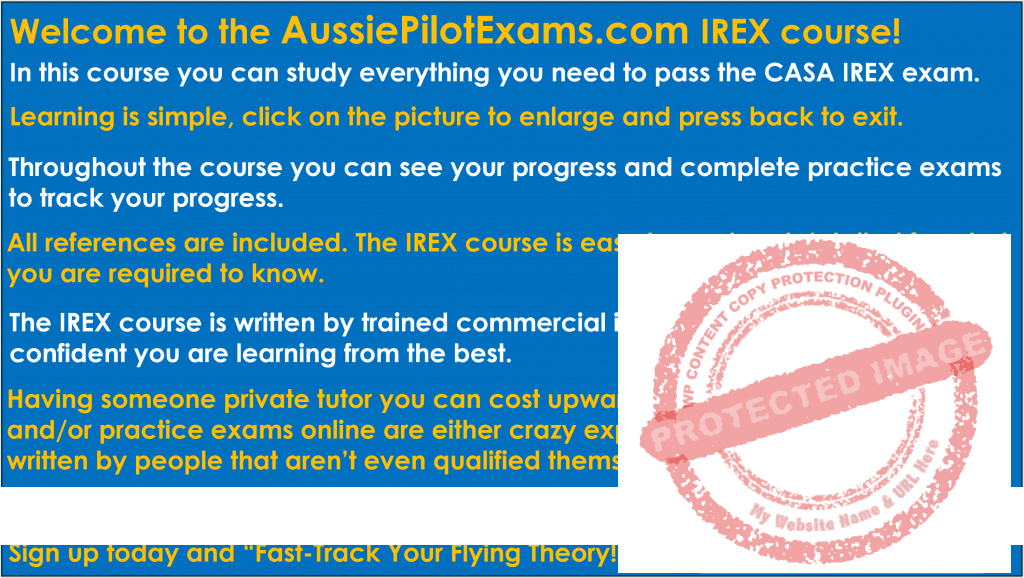- You must enroll in this course to access course content.
Visit the
IREX MEMBERSHIP PAGE
to purchase today!
CHECK OUT THE
FREE LESSONS
BELOW
Start The IREX Course Today!
SALE
$199.00
$79.00
3 months of access
sale ends April 30, 2024
MEMBER PRICING
Getting Started
Part 1: Radio Navigation Aids
NDB (Non Directional Beacon)
En-route Navigation
VOR (The VHF Omni Range)
Radio Navigation and the 1 in 60
NDB/VOR En-Route Questions
Part 2: Weather
Thunderstorms
Jetstream (Not currently examined in IREX)
Air Masses and Fronts
Icing
Fog
Meteorological Questions
Part 3: Requirements For IFR Flight
Flight Instruments
Radio Communication & Navigation Requirements
IFR Requirement Questions
RNAV (GNSS) – Global Navigation Satellite System
GNSS Questions
This section does not have any lessons.


